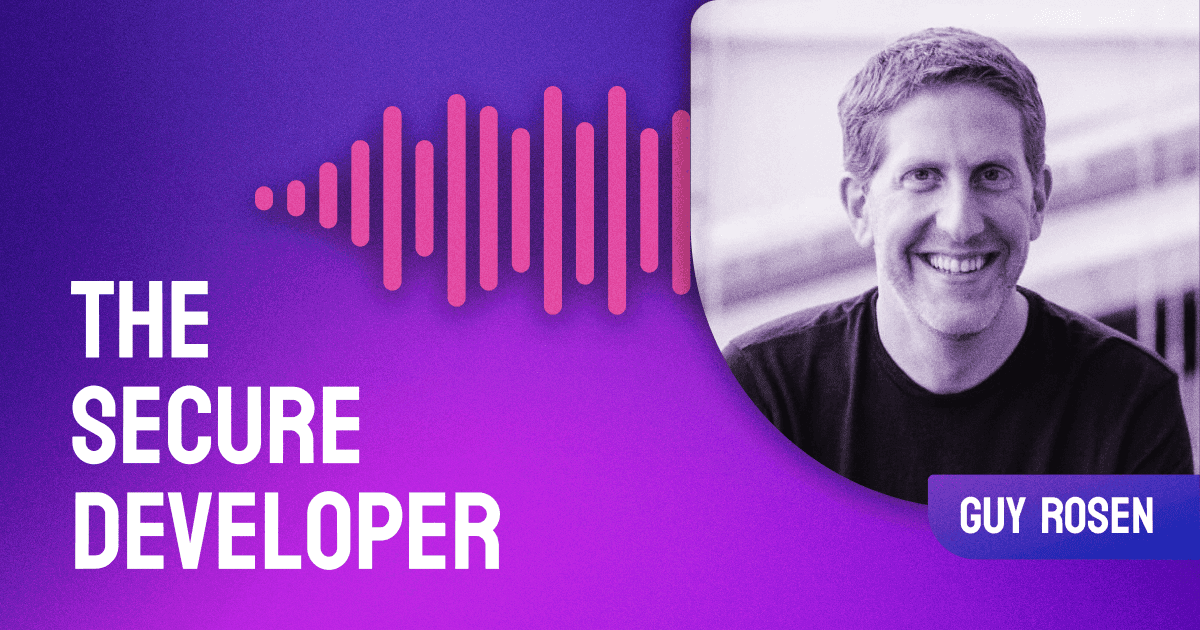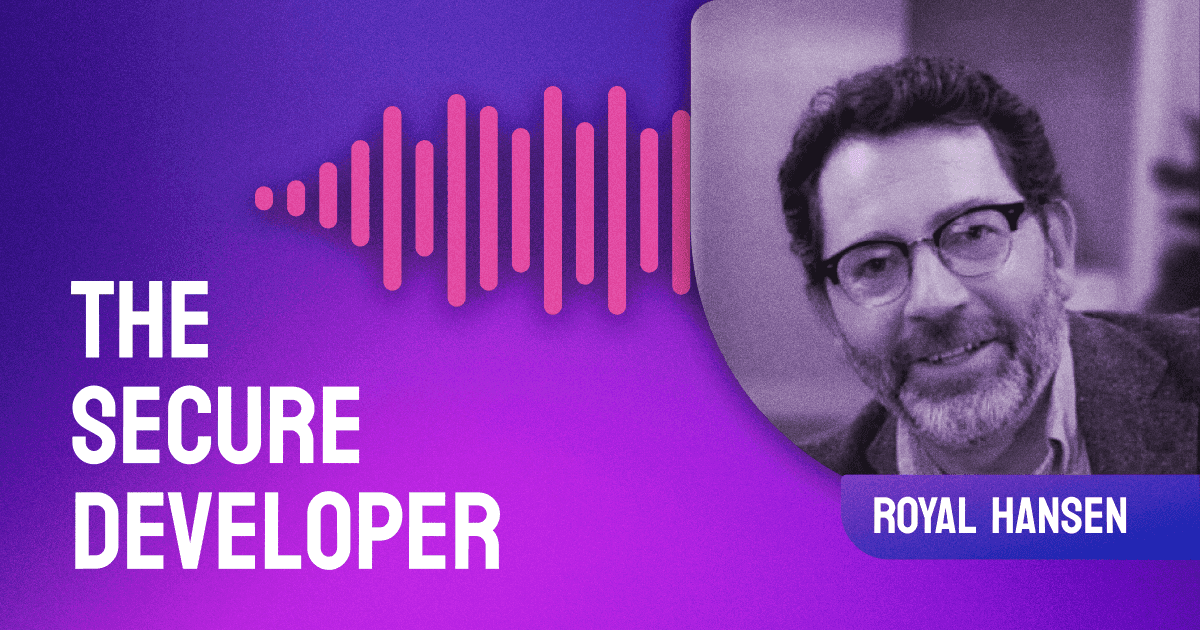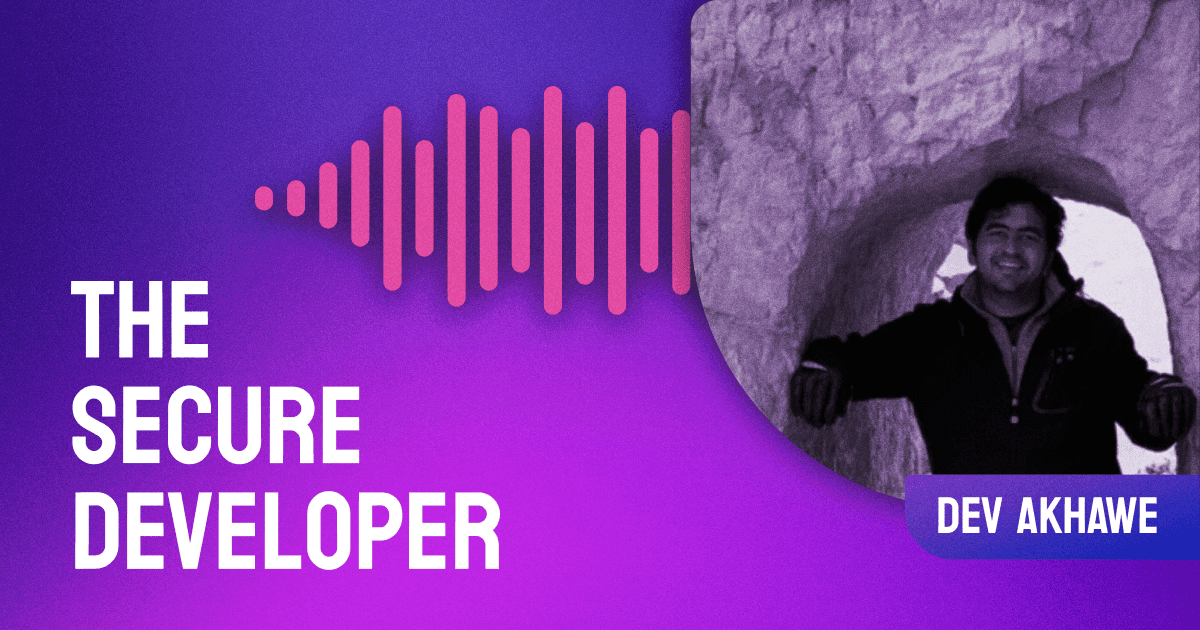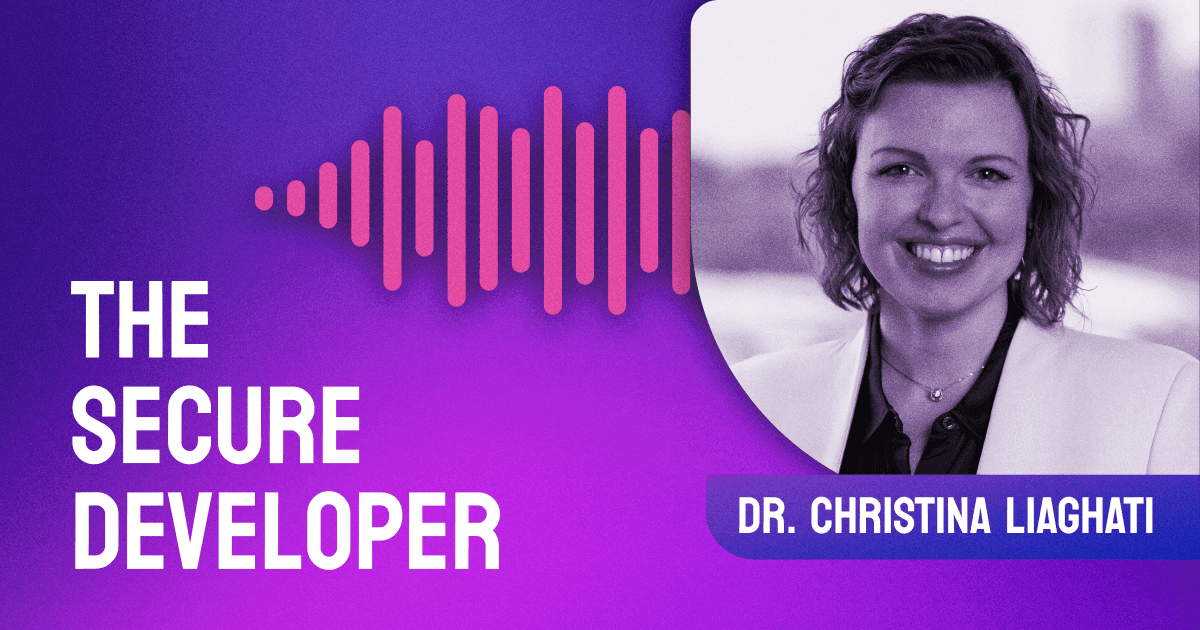Artificial Intelligence is innovating at a faster than ever before. Could there be a better response than fear? Sam Curry is the VP and Chief Information Security Officer at Zscaler, and he joins us to share his perspective on what AI means for cyber security. Tune in to hear how AI is advancing cybersecurity and the potential threats it poses to data and metadata protection.
Sam delves into the nature of fearmongering and a more appropriate response to technological development before revealing the process behind AI integration at Zscaler, why many companies are opting to build internal AI systems, and the three buckets of AI in the security world. Sam shares his opinion on eliminating the offensive use of AI, touches on how AI uses mechanical twerks to get around security checks, and discusses the preparation of InfoSec cycles. After we explore the possibility of deception in a DevOps context, Sam reveals his concerns for the malicious use of AI and stresses the importance of advancing in alignment with technological progress. Tune in to hear all this and much more!





